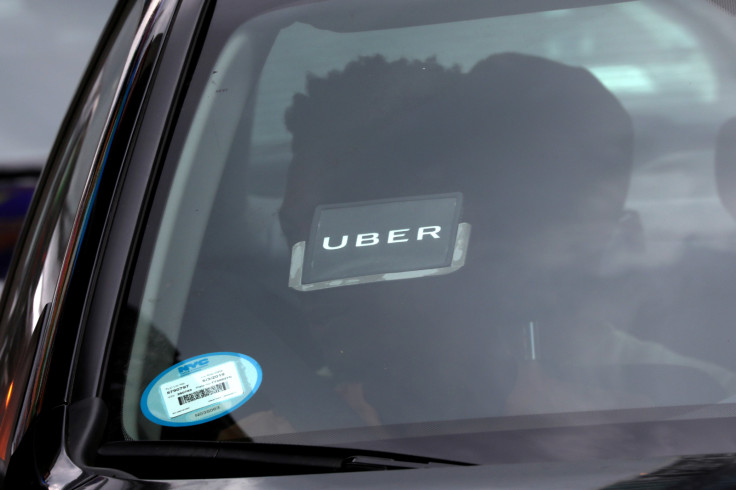Uber Q2 results: Company posts $1 billion loss yet again
While the company continued with its losses, its revenue has also seen a 30 percent rise year on year.
Uber is managing to make losses year on year, despite having a highly diversified business model and global reach. The company has done well on the revenue front this year, yet its losses remain a grave challenge – amounting to $1 billion in the most recent quarter.
The company is gaining traction though - it's loss is down from Q12019, which was pegged at $5 billion. The company's revenue grew in the Q22019 to $3.8 billion from $2.9 billion in the previous quarter – a 30 percent boost. The company's core business of ride-sharing has stabilised, but it's other ventures are the ones responsible for the loss as they are leaking cash at very high rates.
Dara Khosrowshahi, the company's CEO, stated in a public statement to investors, "Our results this quarter decisively demonstrate the growing profitability of our Rides segment. Rides Adjusted EBITDA is up 52% year-over-year and now more than covers our corporate overhead. Revenue growth and take rates in our Eats business also accelerated nicely. We're pleased to see the impact that continued category leadership, greater financial discipline, and an industry-wide shift towards healthier growth are already having on our financial performance."
One of the biggest loss-making ventures is the company's food delivery service, Uber Eats. Losses grew 67 percent from the previous quarter – from $189 million to $316 million. Uber Freight, lost $50 million in the same period – a loss of 161 percent from the previous quarter.
Stock-based compensation expenses added another $401 million in losses. While the company is improving its balance sheet substantially, there is one worrying factor. The lock-in period for initial investors is ending and investors who bought into the company before its public offering may be looking to sell.
Uber claims that it will veer towards profitability in the coming two years.

© Copyright IBTimes 2025. All rights reserved.





















